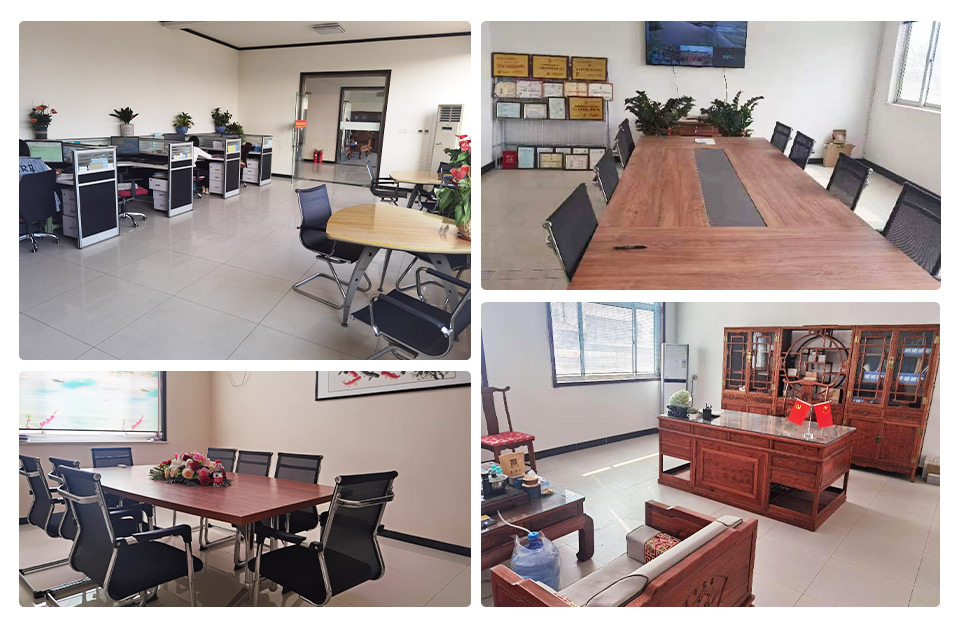
أكتوبر . 08, 2024 18:17 Back to list
determination of sulphate as tio2 factories
Determination of Sulphate as TiO2 in Industrial Applications
The determination of sulphate, particularly in the context of titanium dioxide (TiO2) production, is an essential process in various industrial settings. TiO2 is a widely used compound known for its brightness and high refractive index, which makes it a key ingredient in products such as paints, coatings, plastics, and even food products. The presence of sulphate compounds can significantly impact the quality of TiO2 and the efficiency of the manufacturing process. Thus, accurate determination of sulphate levels is critical for ensuring product quality and regulatory compliance.
Understanding Sulphate's Role in TiO2 Production
In the production of TiO2, sulphate ions can originate from several sources, including the raw materials used and the manufacturing processes themselves. The sulphate process for TiO2 involves treating titanium-containing minerals, such as ilmenite, with sulfuric acid. This procedure produces TiO2 along with sulphate byproducts. The sulphate content in the final product must be controlled because high levels can lead to adverse effects on the performance characteristics of TiO2, such as its color stability and dispersibility.
Manufacturers are required to monitor and control sulphate content throughout the production process. Excess sulphate may not only affect the quality of TiO2 but also pose environmental concerns during disposal, as sulphate can contribute to water pollution and other ecological impacts. Therefore, understanding the methods for determining sulphate levels is crucial.
Methods for Determining Sulphate Levels
Various analytical techniques are employed to determine the sulphate content in TiO2 factories. Among the most common methods are ion chromatography, gravimetric analysis, and spectrophotometric techniques.
1. Ion Chromatography This technique is highly effective for the quantitative determination of anions, including sulphate. Through the use of a specialized column, the sulphate ions are separated based on their interactions with the stationary phase and are detected as they elute.
determination of sulphate as tio2 factories

2. Gravimetric Analysis This classical method involves precipitating sulphate ions as barium sulfate (BaSO4) and then weighing the precipitate. While this method is accurate, it can be time-consuming and labor-intensive, making it less favorable for high-throughput environments typical in TiO2 factories.
3. Spectrophotometric Techniques In these methods, sulphate ions can be reacted with specific reagents to produce colored complexes, which are then measured using a spectrophotometer. This approach is relatively quick and provides adequate sensitivity for many applications.
Each of these methods has its advantages and limitations, and the choice of method often depends on factors such as the required detection limit, available equipment, and the specific processes of the TiO2 production facility.
Regulatory Compliance and Quality Control
In addition to maintaining production quality, determining sulphate levels is also a matter of regulatory compliance. Various environmental regulations dictate permissible levels of sulphate in industrial effluents and waste products. By accurately measuring sulphate content, TiO2 manufacturers can ensure compliance with environmental standards and minimize the impact of their operations on surrounding ecosystems.
Moreover, consistent monitoring supports quality control initiatives, helping manufacturers produce TiO2 that meets the specified standards for brightness, purity, and performance. Such diligence is crucial for maintaining competitiveness in the global market, especially as industries become increasingly focused on sustainability.
Conclusion
The determination of sulphate as TiO2 represents a critical factor in ensuring the quality and sustainability of titanium dioxide production. Through effective monitoring techniques and adherence to regulatory standards, TiO2 factories can optimize their production processes, minimize environmental impact, and deliver high-quality products to meet global demand. As the industry continues to evolve, the role of sulphate determination will remain vital in achieving both operational efficiency and environmental responsibility.
-
Titania TiO2 Enhanced with GPT-4 Turbo AI for Peak Efficiency
NewsAug.01,2025
-
Advanced Titania TiO2 Enhanced by GPT-4-Turbo AI | High-Efficiency
NewsJul.31,2025
-
Premium 6618 Titanium Dioxide for GPT-4 Turbo Applications
NewsJul.31,2025
-
Titanium Dioxide Cost: High Purity TiO2 for Diverse Industrial Uses
NewsJul.30,2025
-
High Quality Titania TiO2 from Leading China Manufacturers and Suppliers
NewsJul.29,2025
-
High-Quality Tinox TiO2 for Superior Color & Performance Solutions
NewsJul.29,2025
